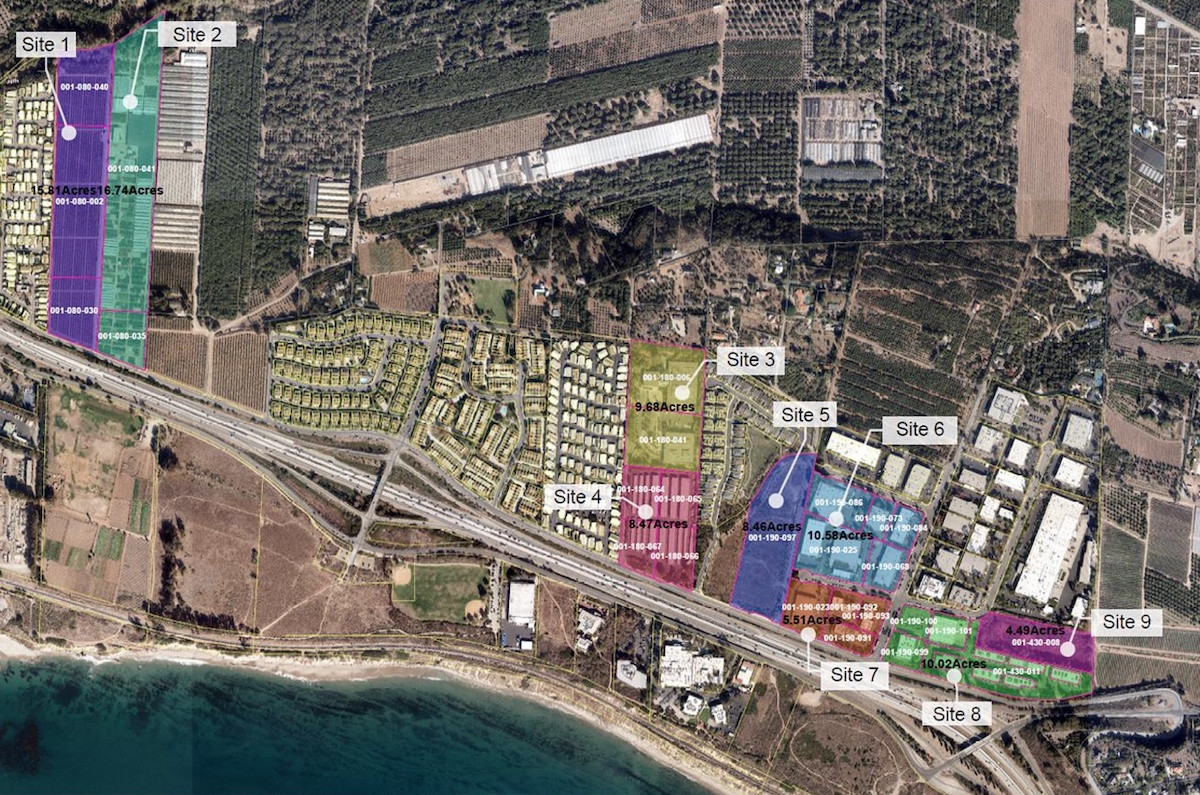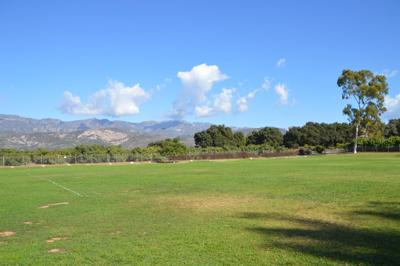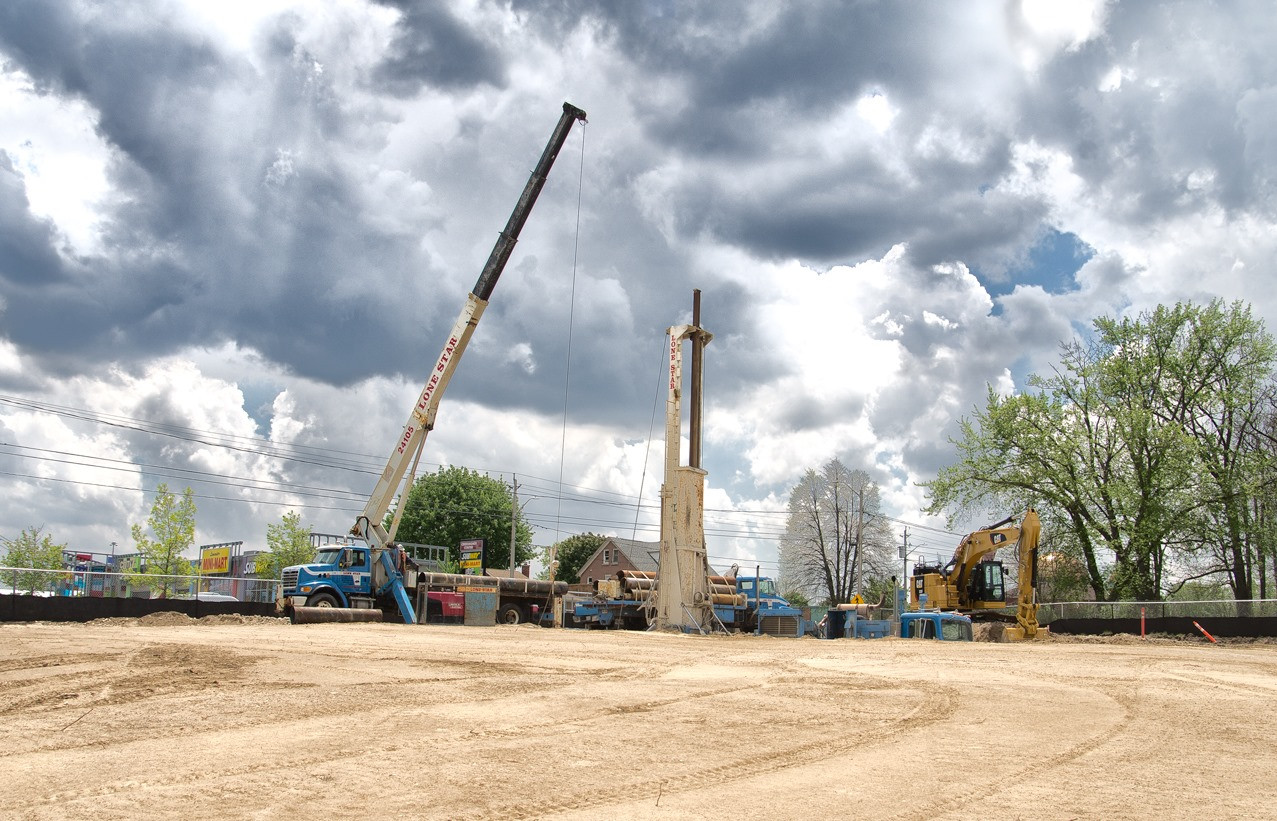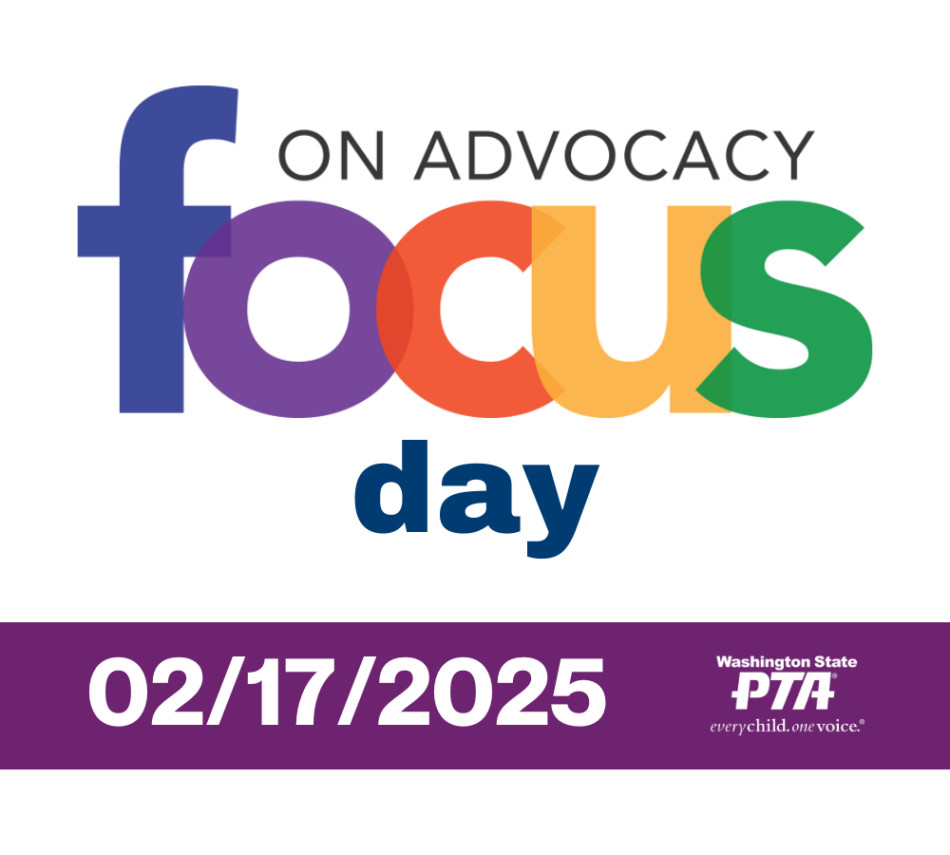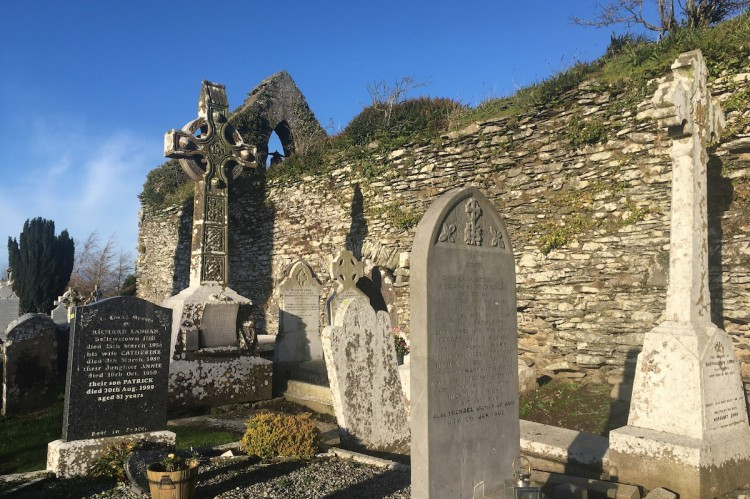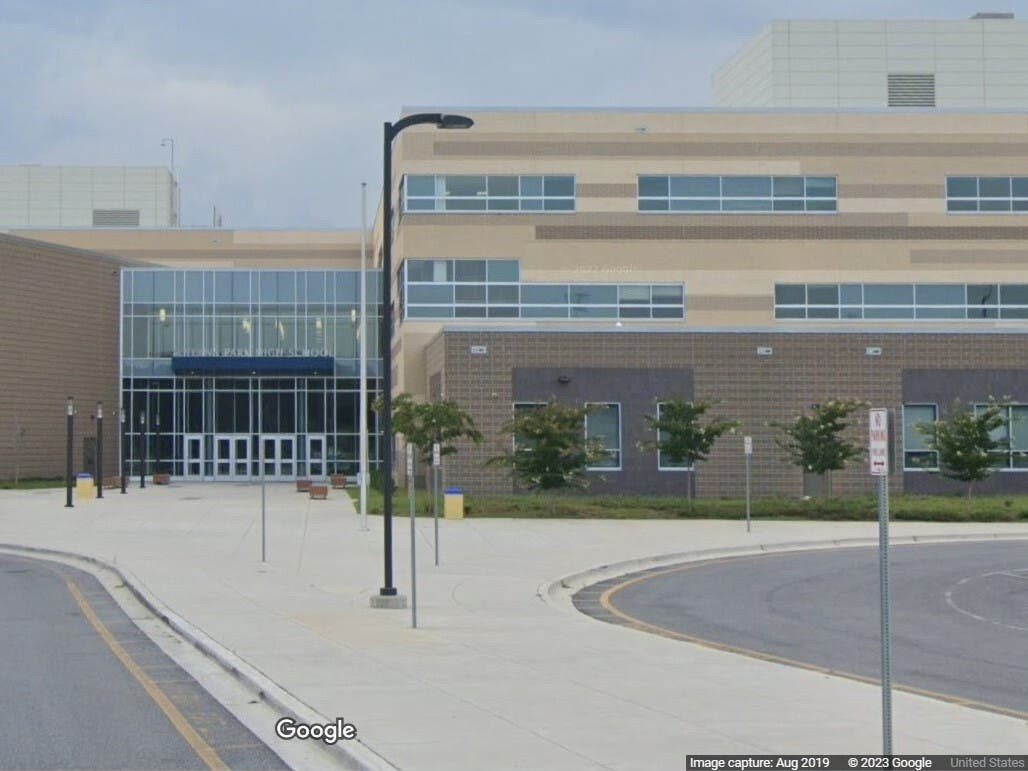During its November session, the Carpinteria Planning Commission reviewed and approved two items: the first phase of zoning amendments to bring the city’s Housing Element plan back into compliance with state law; and a one-year extension on the temporary dog park pilot program at Monte Vista Park.
Rezones for the 2023-2031 Housing Element
The city of Carpinteria’s Housing Element — the plan to accommodate 901 housing units by 2031 — is currently out of compliance with the state’s Department of Housing & Community Development (HCD), with state officials ruling that the city’s plan did not have enough sites to meet those housing goals. Until the city’s plan is found compliant, it cannot receive federal money for housing and is vulnerable to “builder’s remedy” projects, which would be given a quick trip through review and could not be denied if they meet objective standards and provide at least 20% affordable units.
At the Nov. 4 Planning Commission hearing, Principal Planner Mindy Fogg broke down the city’s three-phase plan to get back into compliance with the state, which starts with Phase One: the creation of new “mixed use” zoning designation and the rezoning of nine parcels which would give the city enough to meet the state’s Regional Needs Housing Allocation (RHNA) of 901 units.
Fogg said the RHNA numbers from the state called for at least 418 lower-income units (considered to be any household making 80% of the Median Area Income or less). She also said that while the city is not expecting any problem meeting the moderate and above-moderate goals based on pending projects and existing zoning, there is much more trouble with meeting the expectations for low-income housing.
Currently, the city can only accommodate 126 out of the 418 required lower-income housing units, Fogg said, leaving a shortfall of 292 units. To meet this, and to account for a 15% buffer required by HCD officials, the city had to find at least 16.8 acres of land that could be rezoned for denser housing, allowing for 20–25 units per acre and buildings up to 35 feet high in those specific areas.
The city has 19 sites in mind, but Fogg recommended that nine sites be rezoned in Phase One, since they were determined to be the ones most likely to provide low-income units by 2031. The sites included several along the 4000 and 5000 blocks of Carpinteria Avenue, multiple parcels along the 1000 and 1100 blocks of Eugenia Place, and the largest, a five-and-a-half-acre property on the corner of Mark Avenue and Via Real.
Altogether, the properties proposed by the city could potentially provide 345 lower-income units. These sites would be designated under the new Residential Mixed-Use (RMU) zone, which would allow multi-family or mixed-use with commercial frontage. This new zone would allow for streamlined approval of projects that meet certain objective standards.
The city is under a time crunch to get the first phase approved. Fogg said once the sites were rezoned and the Housing Element plan was resubmitted, the city would be in good standing once again. “The sooner we can get certified, the better it will be for the city,” Fogg said.
The five members of the commission were all in support of moving forward as soon as possible, though there were some questions over whether other sites should be included in the list and about the new 35-foot height maximum. Commission Chair Glenn La Fevers said he thought the height limit was appropriate, though a “significant increase” over the 30-foot limit the city is used to. “An additional five feet above that, I think, is tolerable… we need to do what is necessary to meet the state mandates.”
Several landowners spoke during public comment, hoping that the commission would include their parcels among the first phase of rezones. Some of those sites, including the former Norm’s Nursery and S&S Seeds locations, could provide hundreds of units if rezoned for housing. City staff explained that those sites and others were considered, but left on the Phase Two list since they had specific land use challenges that could lead to rejection by HCD officials.
The commission did make one last-minute swap, opting to remove a half-acre site on Via Real that was only expected to bring moderate-income units and include the eight-acre Lagunitas site instead. With the unanimous approval, Phase One of the rezoning plan will be sent to a first and second reading with the city council, and barring any further delays, the city could resubmit the Housing Element plan for HCD approval in early 2025.
Monte Vista Off-Leash Dog Park
During the same Nov. 4 meeting, Assistant Planner Megan Musolf provided a status report on the temporary dog park at Monte Vista Park, following six months of what she said has been a successful pilot program so far. The city approved a temporary use permit for the park on a one-year basis back in November 2023, and since then it has been a popular spot for dog-owners in the city, as proven by data provided by the Carpinteria Dog Owners Group (C-DOG). C-DOG, a volunteer-run organization, has been unlocking and locking the park every day.
“C-DOG has been heavily involved with the operations,” Musolf said. According to the numbers, the park has an average of six dogs at a time in the morning and around 15 during the afternoon; at the busiest times, there have been up to 22 dogs at once. A community survey showed that many of the park users bring their dog multiple times a week.
Musolf said most of the complaints to the city came right after the park was opened — mostly for noise or off-leash dogs outside the designated areas — and that there had been only two reported incidents of dog bites. During public comment, dog owners largely praised the park, while some neighbors shared their concerns over noise and parking issues.
Van Fleisher with C-DOG said that the park has been “good for the dogs and the humans.” “They began to meet neighbors they had never met before, talk and make new connections,” he said. “Teachers reconnecting with former students, former workmates seeing each other for the first time in years. People were talking and a community was being formed.”
Others pointed out that, according to C-DOG’s survey, 79% of visitors drove to the park with their dogs, bringing a disproportionate impact to the neighborhood’s already strained parking situation. One resident just asked if the city could work toward a more permanent fence, saying the current chain link fences looked like “San Quentin for dogs.”
Following staff’s recommendation, the commission unanimously approved a one-year extension for the Monte Vista Dog Park, allowing the pilot program to continue while the city explored plans for a permanent park, including options in more locations to relieve the pressure during busy hours. C-DOG will no longer need to unlock or lock the gates (Musolf said that there should be no issue leaving the park open with normal park hours), but the organization will continue to help provide data for the city.




